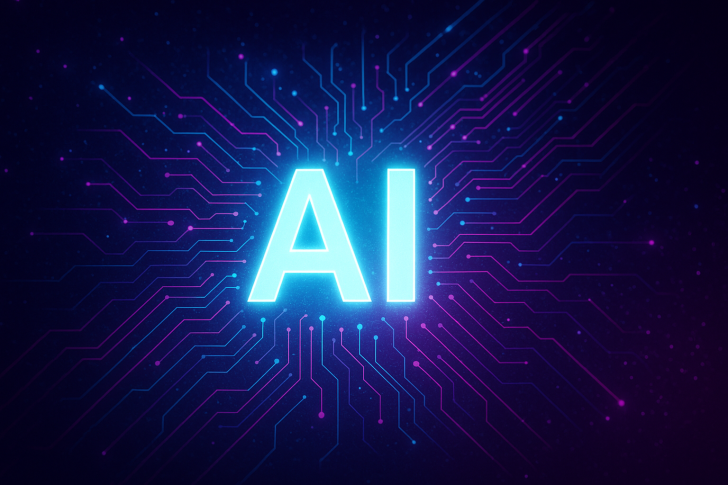What makes it striking isn't just the optimistic scenarios—it's that the Fed is openly modeling both exponential growth and catastrophic decline.
Historical Context and Growth Scenarios
A recent chart from the Federal Reserve Bank of Dallas has caught attention across policy and investment circles. Shared by Jack Clark of Anthropic and highlighted by Chubby, the projection maps potential paths for U.S. GDP per capita through 2050. The chart puts AI in perspective by comparing it to U.S. economic growth since 1870, which has averaged around 1.9% annually. Under a modest AI boost—say 2.1% growth for ten years—living standards could rise meaningfully by 2050. But the real eye-opener is the "benign singularity" scenario, where AI-driven productivity breakthroughs push per capita GDP upward at an exponential rate, fundamentally reshaping wealth distribution and quality of life globally.
On the flip side, there's an "extinction scenario." This isn't hyperbole tucked into a footnote—it's right there in the projection. It shows GDP collapsing if AI advances destabilize rather than support societies. The Fed isn't predicting doom, but by including it, they're acknowledging AI as both a transformative opportunity and a serious systemic threat.
Why This Matters for Policy and Markets
The Federal Reserve doesn't publish speculative fiction. By modeling these scenarios, they're signaling that AI could fundamentally alter financial systems, labor markets, and productivity in ways that require preparation now. For investors, that means sectors like semiconductors, cloud infrastructure, and AI software could drive the next wave of growth. But it also means governance, security, and ethical frameworks aren't optional—they're essential to avoiding the darker outcomes.
Past technological revolutions—industrialization, electricity, the internet—transformed economies and societies, but they didn't carry the same dual-edged potential. AI's ability to either amplify human prosperity or spiral into systemic instability is what sets it apart. Policymakers and business leaders have a narrow window to shape the infrastructure, regulations, and norms that will guide this transition.
 Saad Ullah
Saad Ullah

 Saad Ullah
Saad Ullah


